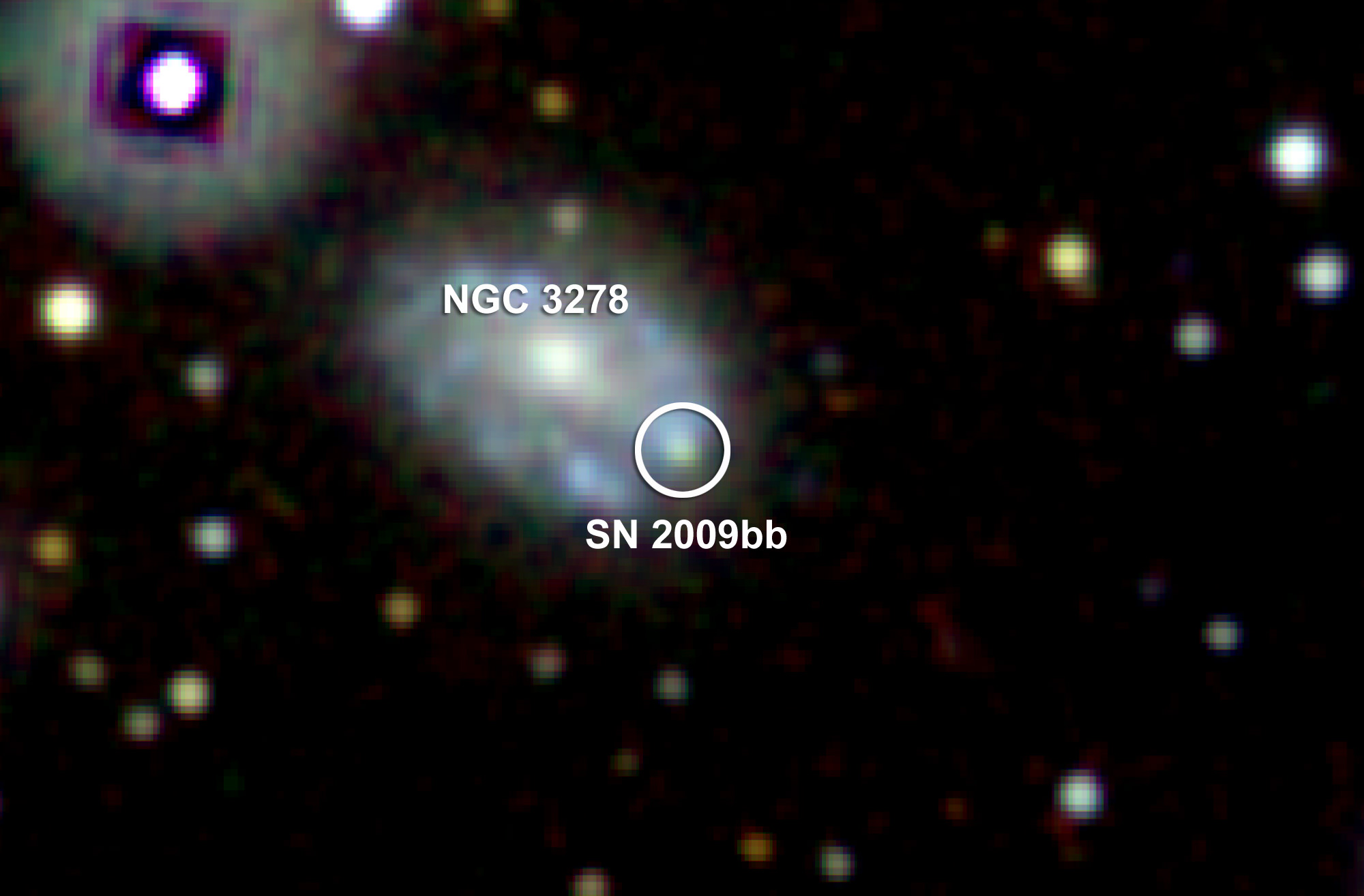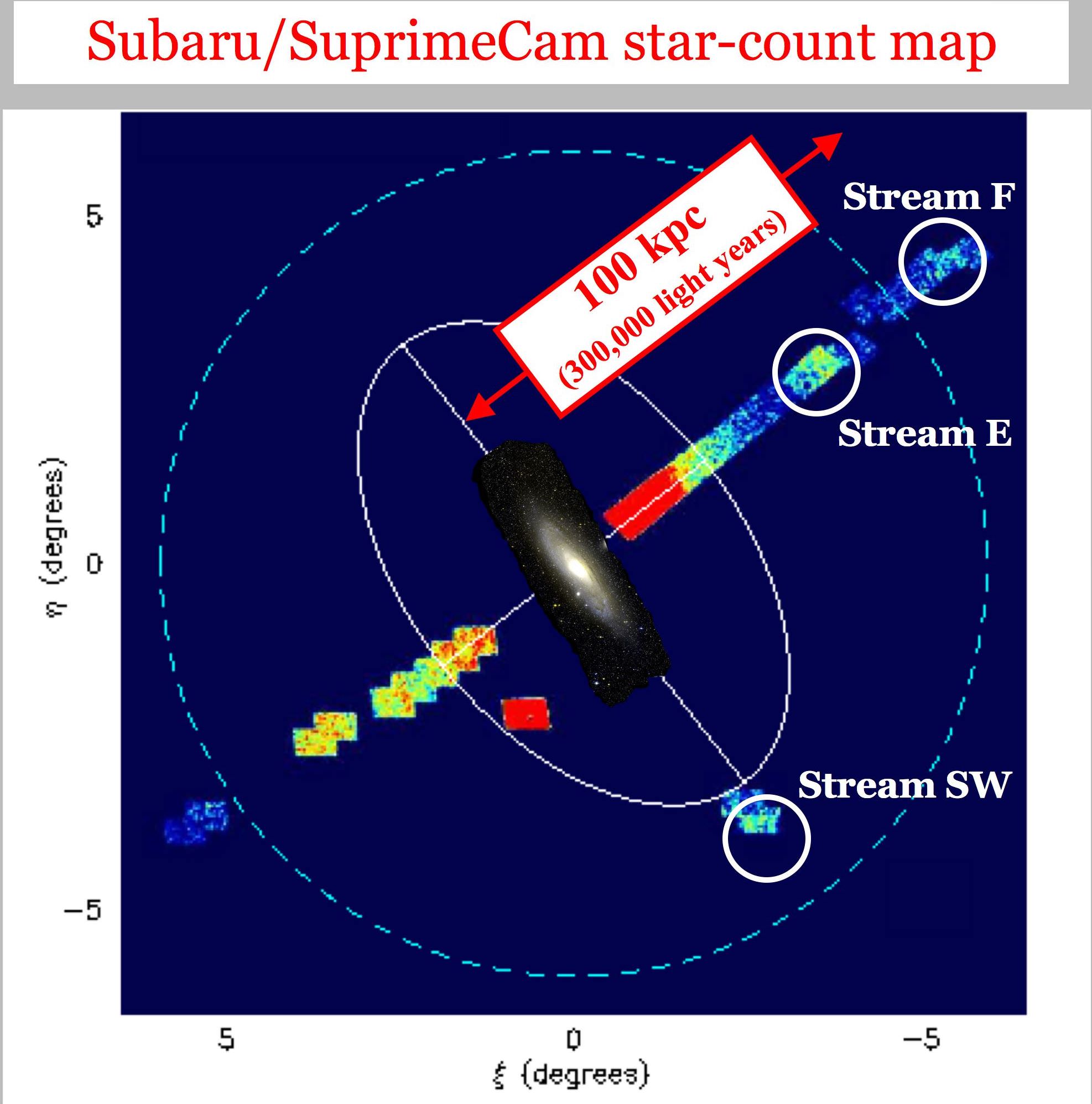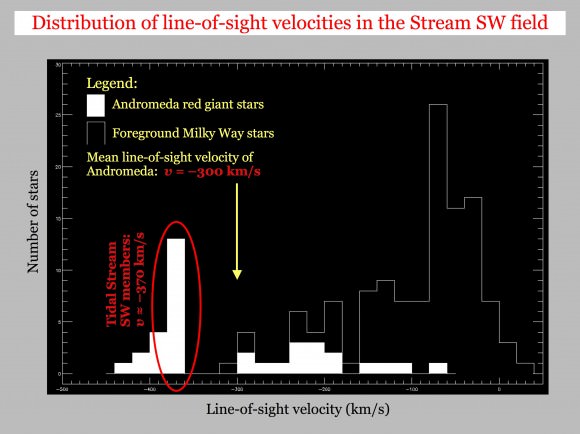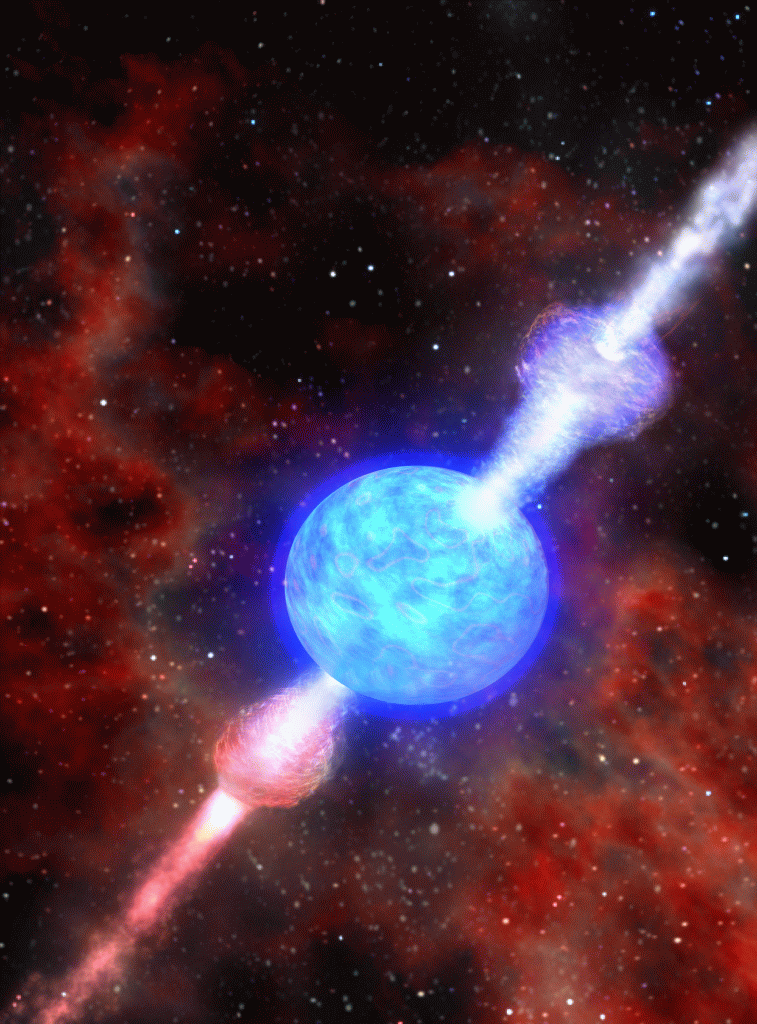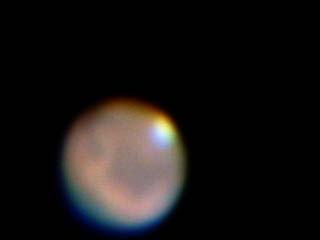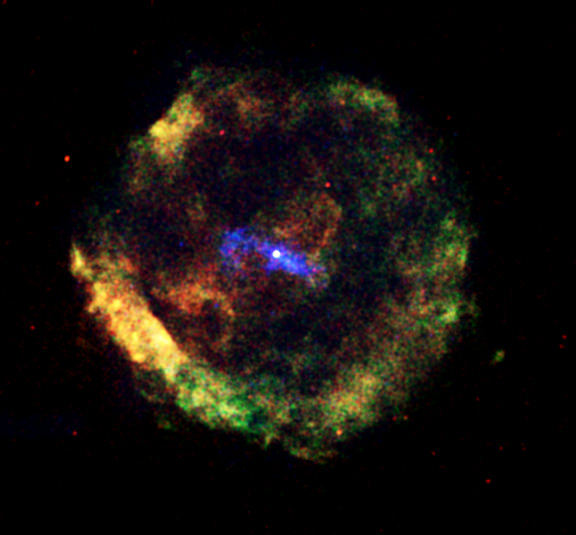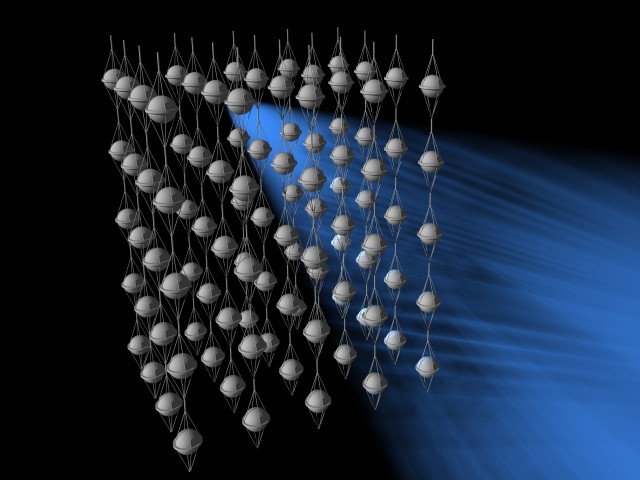[/caption]
Are the relativistic jets of long gamma ray bursts (GRBs) produced by brand new black holes? Do some core-collapse supernovae result in black holes and relativistic jets?
The answer to both questions is ‘very likely, yes’! And what recent research points to those answers? Study of an Ic supernova (SN 2007gr), and an Ibc one (SN 2009bb), by two different teams, using archived Gamma-Ray Burst Coordination Network data, and trans-continental Very Long Baseline Interferometry (VLBI) radio observations.
“In every respect, these objects look like gamma-ray bursts – except that they produced no gamma rays,” said Alicia Soderberg at the Harvard-Smithsonian Center for Astrophysics in Cambridge, Mass.
Soderberg led a team that studied SN 2009bb, a supernova discovered in March 2009. It exploded in the spiral galaxy NGC 3278, located about 130 million light-years away.
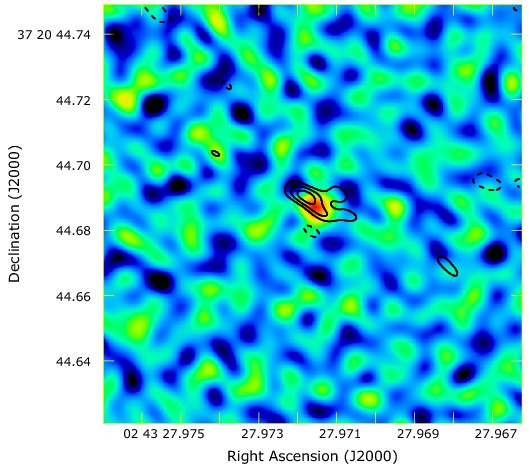
The other object is SN 2007gr, which was first detected in August 2007 in the spiral galaxy NGC 1058, some 35 million light-years away (it’s one of the closest Ic supernovae detected in the radio waveband). The team which studied this supernova using VLBI was led by Zsolt Paragi at the Netherlands-based Joint Institute for Very Long Baseline Interferometry in Europe, and included Chryssa Kouveliotou, an astrophysicist at NASA’s Marshall Space Flight Center in Huntsville, Alabama.
The researchers searched for gamma-rays associated with the supernovae using archived records in the Gamma-Ray Burst Coordination Network located at NASA’s Goddard Space Flight Center in Greenbelt, Md. This project distributes and archives observations of gamma-ray bursts by NASA’s SWIFT spacecraft, the Fermi Gamma-ray Space Telescope and many others. However, no bursts coincided with the supernovae.
“The explosion dynamics in typical supernovae limit the speed of the expanding matter to about three percent the speed of light,” explained Kouveliotou, co-author of one of the new studies. “Yet, in these new objects, we’re tracking gas moving some 20 times faster than this.”
Unlike typical core-collapse supernovae, the stars that produce long gamma-ray bursts possess a “central engine” – likely a nascent black hole – that drives particle jets clocked at more than 99 percent the speed of light (short GRBs are likely produced by the collision/merger of two neutron stars, or a neutron star and a stellar mass black hole).
By contrast, the fastest outflows detected from SN 2009bb reached 85 percent of the speed of light and SN 2007gr reached more than 60 percent of light speed; this is “mildly relativistic”.
“These observations are the first to show some supernovae are powered by a central engine,” Soderberg said. “These new radio techniques now give us a way to find explosions that resemble gamma-ray bursts without relying on detections from gamma-ray satellites.”
The VLBI radio observations showcase how the new electronic capabilities of the European VLBI Network empower astronomers to react quickly when transient events occur. The team led by Paragi included 14 members from 12 institutions spread over seven countries, the United States, the Netherlands, Hungary, the United Kingdom, Canada, Australia and South Africa.
“Using the electronic VLBI technique eliminates some of the major issues,” said Huib Jan van Langevelde, the director of JIVE “Moreover it allows us to produce immediate results necessary for the planning of additional measurements.”
Perhaps as few as one out of every 10,000 supernovae produce gamma rays that we detect as a long gamma-ray burst. In some cases, the star’s jets may not be angled in a way to produce a detectable burst; in others, the energy of the jets may not be enough to allow them to blast through the overlying bulk of the dying star.
“We’ve now found evidence for the unsung crowd of supernovae – those with relatively dim and mildly relativistic jets that only can be detected nearby,” Kouveliotou said. “These likely represent most of the population.”
The 28 January, 2010 issue of Nature contains two papers reporting these discoveries: A relativistic type Ibc supernova without a detected γ-ray burst (arXiv:0908.2817 is the preprint), and A mildly relativistic radio jet from the otherwise normal type Ic supernova 2007gr (arXiv:1001.5060 is the preprint).
Sources: Newborn Black Holes May Add Power to Many Exploding Stars, Newborn Black Holes Boost Explosive Power of Supernovae

